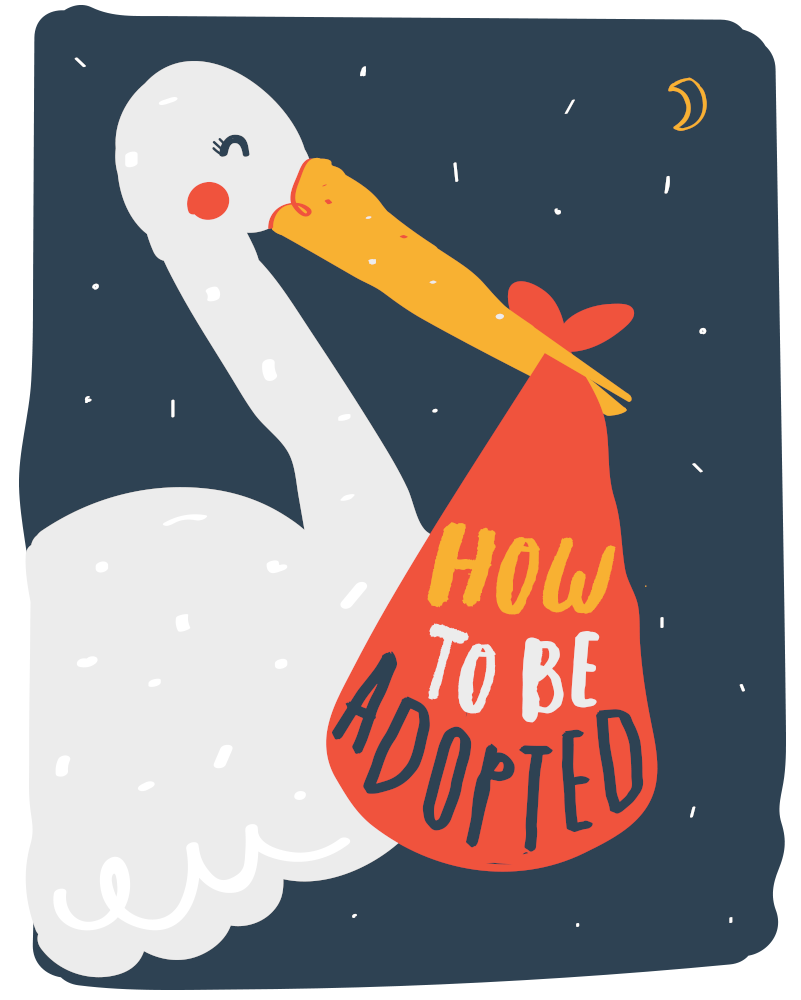
9 things I would give my sister for Christmas
Her own name, her own room and some goddamn support with attachment and adoption trauma.

What is life story work and why does it matter?
Guest blog on identity, the “trove” project, and why it’s important for adoptees and care experienced children to keep mementos and memories safe…
